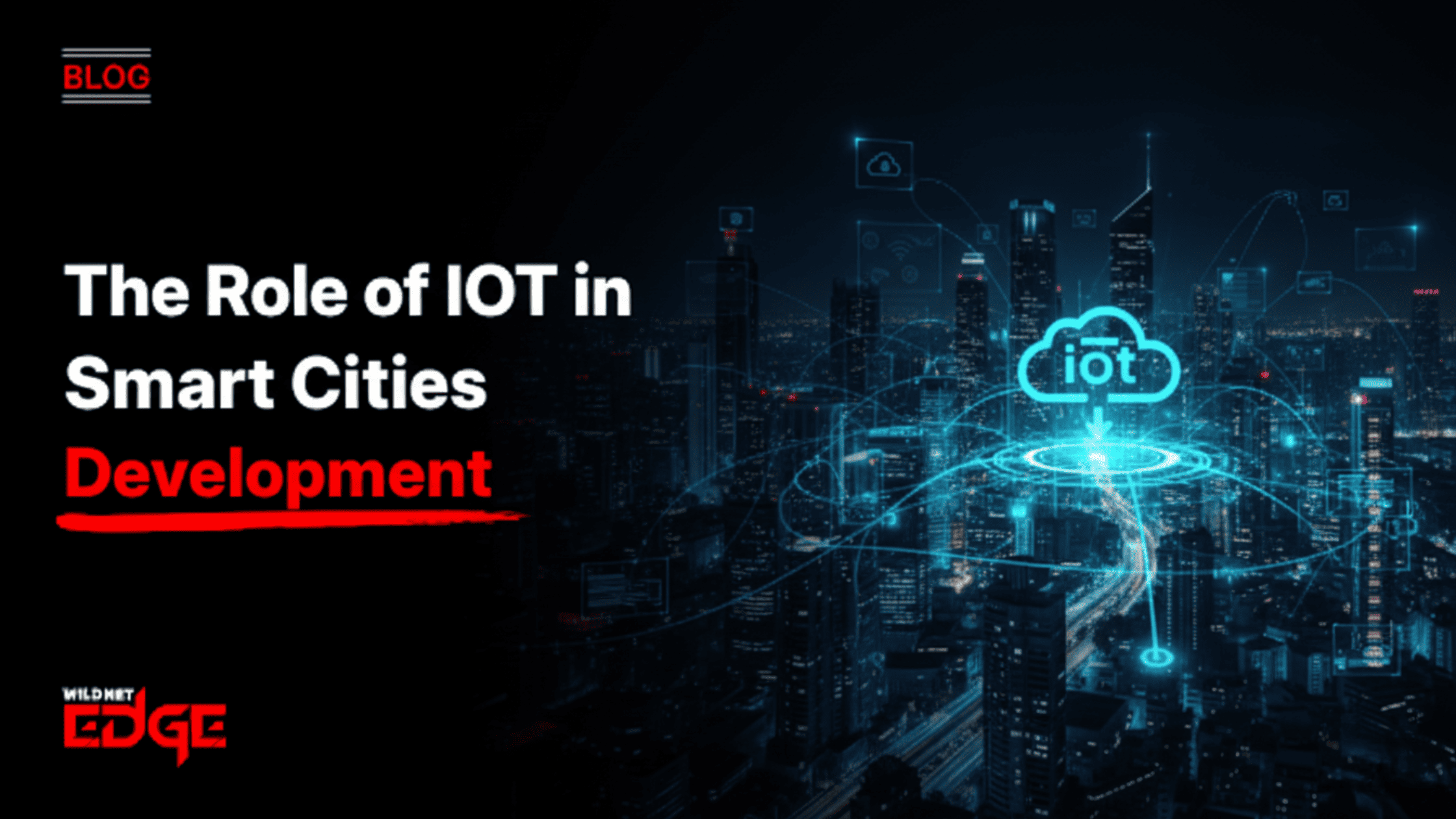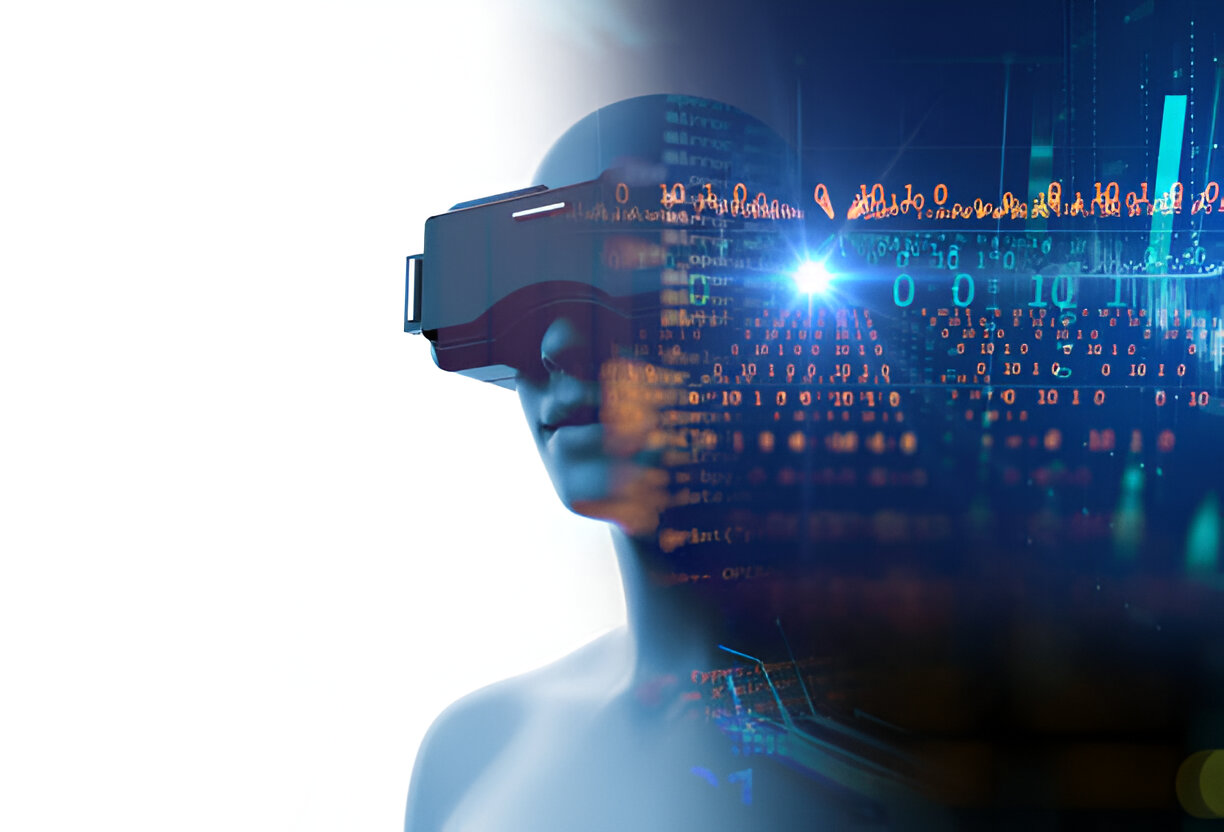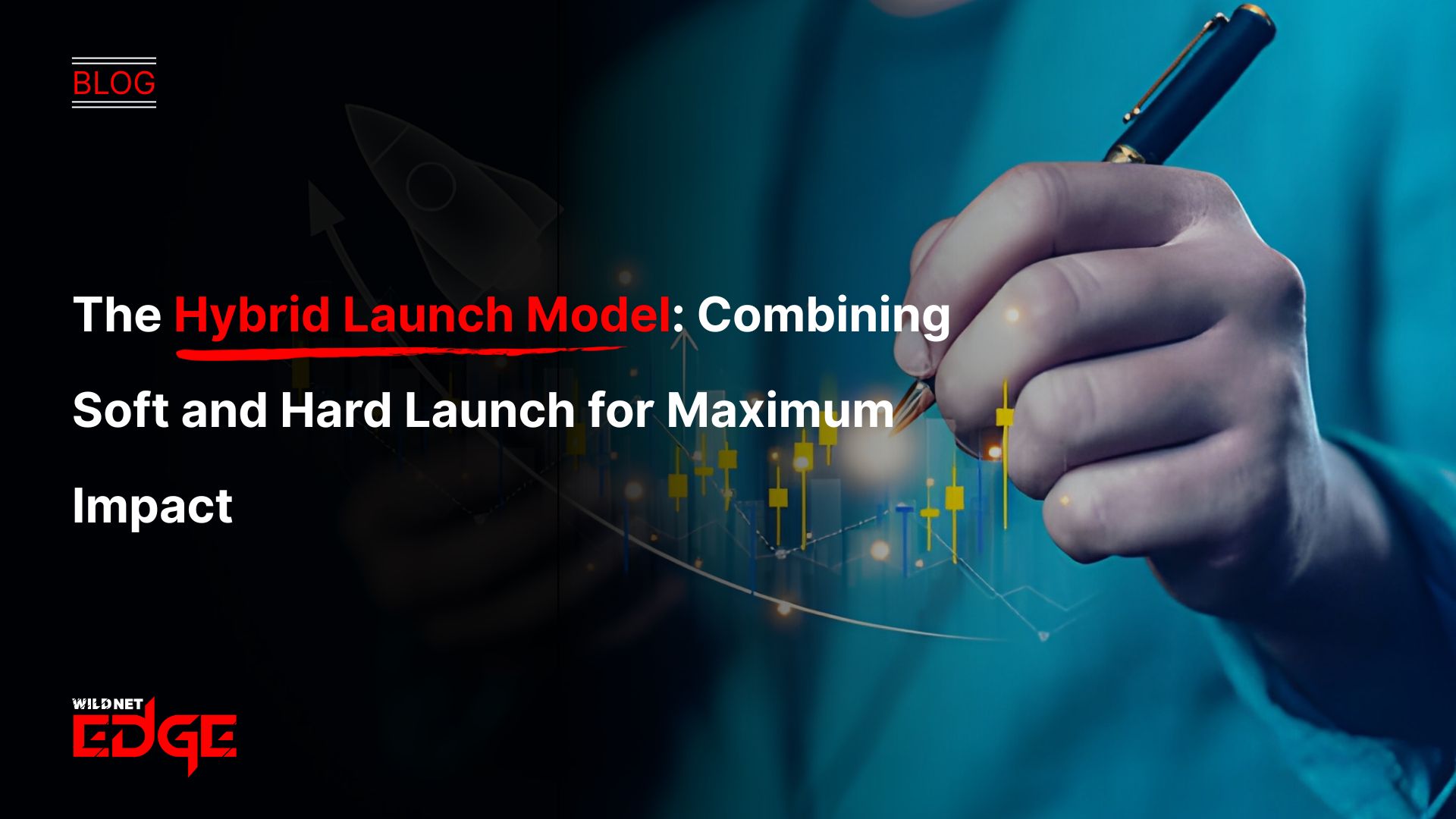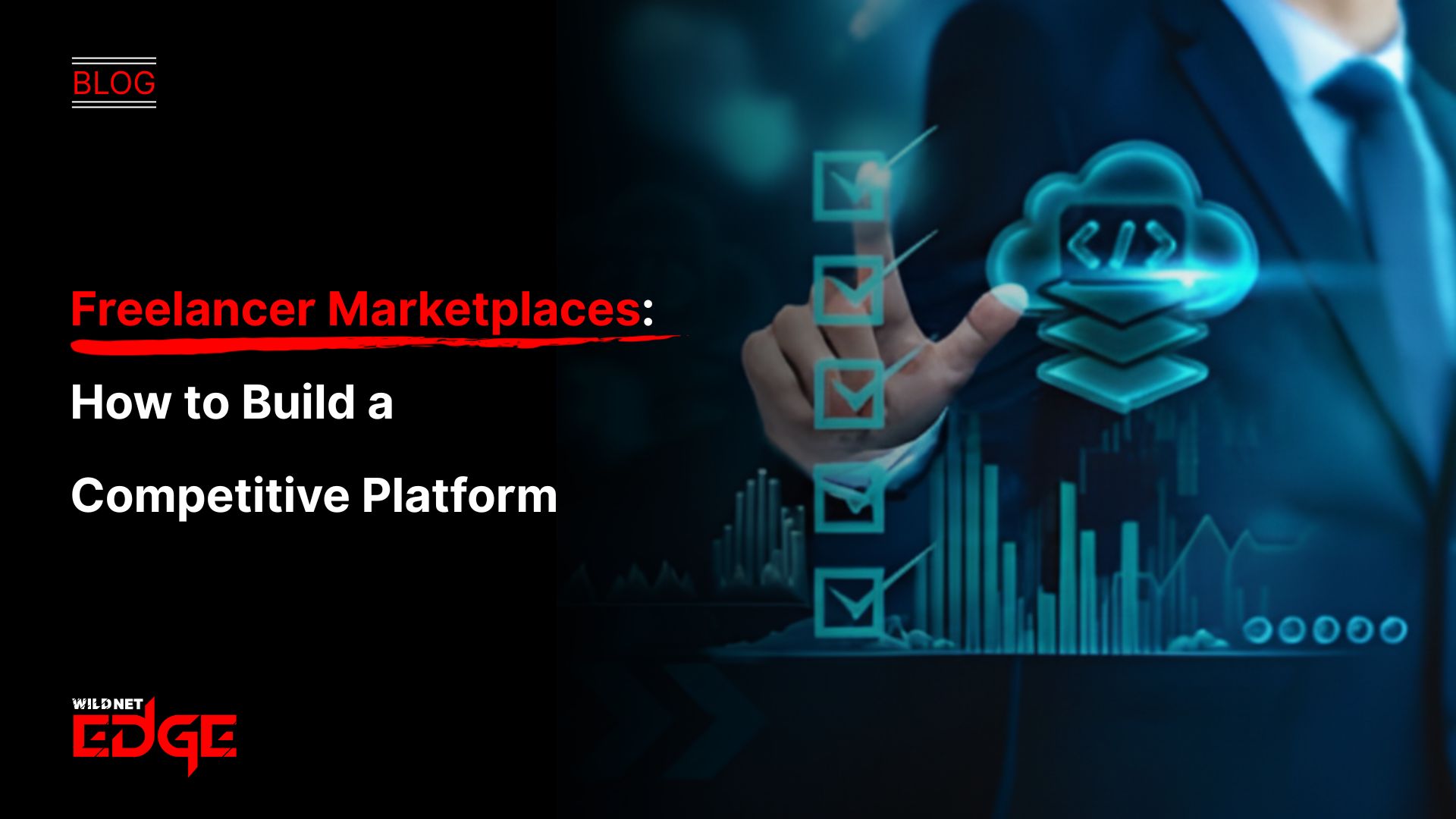TL;DR
This article examines the foundational role of the Internet of Things in the development of smart cities. It explains that IoT acts as the central nervous system for a city, using a network of sensors and devices to collect real-time data from urban infrastructure. The guide also details key applications, including intelligent traffic, smart lighting and automated waste management. It emphasizes that a secure and scalable IoT infrastructure is essential for these connected urban solutions to function effectively.
Introduction
Our cities are becoming more complex and crowded than ever before. This growth greatly strains public services, infrastructure, and the environment. To meet these challenges, urban centers are undergoing a radical transformation, evolving from simple collections of buildings into intelligent, interconnected ecosystems. The technology powering this evolution is the Internet of Things, and the strategic implementation of IoT in smart cities is the key to creating a more sustainable and livable future.
What is IoT in Smart Cities?
At its core, IoT in smart cities refers to the vast network of connected sensors, devices, and systems that collect real-time data about the urban environment. This includes everything from traffic sensors and smart streetlights to air quality monitors and connected public transit vehicles.
This data is then sent to a central platform where it is analyzed to provide a holistic, real-time understanding of the city’s operations. A robust IoT infrastructure is the essential backbone that makes this all possible. To build these complex systems, cities often partner with a specialized IoT Development Company.
The Core Benefits of Connected Urban Solutions
The applications of IoT in smart cities are vast, but they all drive toward a few core benefits for both the government and its citizens.
Enhanced Public Safety
IoT can significantly improve the safety and security of urban environments. Smart surveillance cameras with AI analytics can detect incidents in real-time, allowing for a faster emergency response. Connected gunshot detection sensors can instantly alert law enforcement to the exact location of a crime, while smart lighting can improve visibility in public spaces to deter illicit activity.
Optimized Traffic Management
Traffic congestion is a major problem in every city. Intelligent traffic management systems use IoT sensors to monitor traffic flow in real-time. This data can be used to automatically adjust traffic signal timing to reduce congestion, guide drivers to available parking spaces, and optimize public transportation routes. These are some of the most impactful connected urban solutions.
More Efficient Public Services
IoT enables a new level of efficiency in the delivery of public services.
- Smart Lighting: Connected LED streetlights can be dimmed or brightened based on real-time conditions, leading to massive energy savings.
- Waste Management: Sensors in public trash bins can alert sanitation departments when they are full, optimizing collection routes and preventing overflows.
- Water Management: Smart meters and sensors can detect leaks in the public water system instantly, conserving a precious resource and reducing operational costs.
The Foundational IoT Infrastructure
A successful smart city is built on a reliable and scalable IoT infrastructure. This consists of three main layers:
- The Perception Layer: This includes the millions of sensors and devices that collect data from the physical world.
- The Network Layer: This is the connectivity that transmits the data, using technologies like 5G, LoRaWAN, and Wi-Fi.
- The Application Layer: This is the cloud-based platform and the applications that analyze the data and turn it into actionable insights. This layer often requires expert Custom App Development Company partners to build citizen-facing tools.
Our Smart City Solutions in Action: Case Studies
Case Study 1: A City’s Intelligent Transportation System
- The Challenge: A rapidly growing city was facing gridlock. Their manual traffic management systems were overwhelmed, leading to long commutes and increased pollution.
- Our Solution: We designed and helped implement a comprehensive intelligent transportation system. This included a network of road sensors, smart traffic lights, and a central AI-powered platform to analyze traffic flow in real-time.
- The Result: The city reduced average commute times by 22% during peak hours. The real-time data also allowed them to optimize their public bus routes, increasing ridership by 15% and contributing to their sustainability goals.
Case Study 2: A Municipality’s Smart Waste Management
- The Challenge: A municipality was struggling with inefficient waste collection. Their trucks were following fixed routes, often collecting half-empty bins while others overflowed, leading to citizen complaints and wasted resources.
- Our Solution: We developed an IoT-powered solution that placed ultrasonic fill-level sensors in public waste bins. The data was sent to a central platform that automatically generated the most efficient collection route for each truck, focusing only on the bins that were full. A Product Development Company can help with both the hardware and software aspects of such projects.
- The Result: The municipality reduced its waste collection operational costs by 30% and eliminated overflow issues. The data-driven approach led to a cleaner city and a more efficient use of public funds.
Our Technology Stack for Smart Cities
We use a modern, industrial-grade stack to build reliable and scalable IoT infrastructure.
- IoT Platforms: AWS IoT, Microsoft Azure IoT Hub, Google Cloud IoT Core
- Connectivity: LoRaWAN, NB-IoT, 5G, Wi-Fi
- Edge Computing: AWS Greengrass, Azure IoT Edge
- Data Processing & Analytics: Kafka, Spark, InfluxDB
- Mapping & Visualization: Mapbox, ArcGIS, Grafana
Conclusion
The rollout of IoT strategies in smart cities is the most potent weapon that urban rulers can use to improve the world. With the help of connected urban solutions, cities can turn to be more resourceful, eco-friendly, and hear the voices of their inhabitants better. This is not about implementing advanced tech at all; it is about using the data produced for a better living standard.
How about a city transformed with a data-centric strategy? Wildnet Edge is right alongside you in the endeavour of creating safe and cutting-edge smart city platforms. Our AI-first strategy gives the power to us to provide intelligent Software Development Solutions that convert raw data into useful insights for a smarter future.
FAQs
The long-term ROI justifies the investment. For example, the cost of implementing an intelligent lighting system is quickly offset by the massive savings in energy consumption. The business case for most IoT in smart cities projects is built on a clear path to operational cost reduction and improved service delivery.
The most significant risk is cybersecurity. A network of millions of connected devices presents a large attack surface, so a robust security strategy, including device authentication, data encryption, and continuous network monitoring, is absolutely essential.
Data privacy is paramount. A strong governance framework must be in place that dictates what data is collected, how it is anonymised, who can access it, and for what purpose. Transparency with the public about these policies is key to building trust.
Yes. Many connected urban solutions are designed to be retrofitted onto existing infrastructure. For example, older streetlights can be upgraded with smart nodes, and existing water pipes can be fitted with external acoustic sensors to detect leaks.
The most important benefit is an improved quality of life. This comes in many forms: less time spent in traffic, safer public spaces, a cleaner environment, and more responsive and accessible public services.
A central platform breaks down data silos. When the transportation, sanitation, and public safety departments are all working from a shared source of data, the city can uncover cross-functional insights that would otherwise be impossible to see. It enables a truly holistic approach to city management. A SaaS Development Company can often provide these platforms.
The best first step is to start with a single, well-defined problem. Don’t try to build a “smart city” all at once. Pick a specific, high-impact challenge like inefficient waste collection or downtown parking and launch a focused pilot project to prove the value and learn valuable lessons.

Nitin Agarwal is a veteran in custom software development. He is fascinated by how software can turn ideas into real-world solutions. With extensive experience designing scalable and efficient systems, he focuses on creating software that delivers tangible results. Nitin enjoys exploring emerging technologies, taking on challenging projects, and mentoring teams to bring ideas to life. He believes that good software is not just about code; it’s about understanding problems and creating value for users. For him, great software combines thoughtful design, clever engineering, and a clear understanding of the problems it’s meant to solve.
 sales@wildnetedge.com
sales@wildnetedge.com +1 (212) 901 8616
+1 (212) 901 8616 +1 (437) 225-7733
+1 (437) 225-7733































